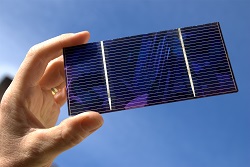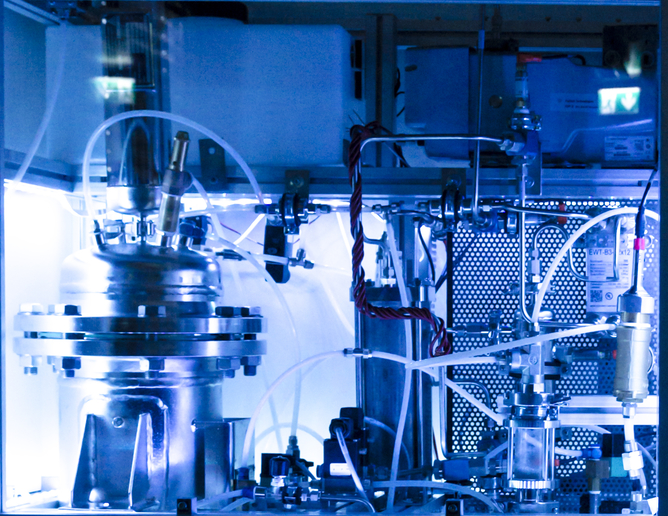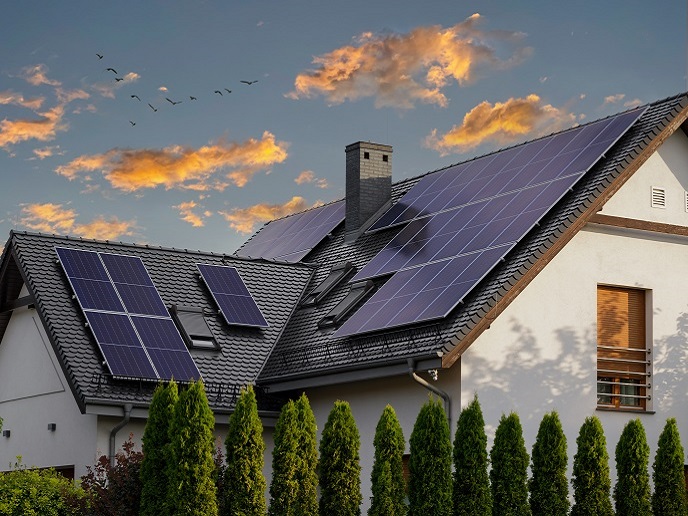Revolutionising solar power with perovskites
Decades of research on solar cells have shown that there is an absolute theoretical boundary – the Shockley-Queisser limit – as to how efficiently solar cells can convert energy. For single optimised semiconductor junctions, the ultimate conversion efficiencies can barely surpass 30 %. To produce solar cells with higher efficiency limits, new concepts need to be implemented that overcome the fundamental energy conversion mechanism limitations of single-junction solar cells. Technologies that utilise singlet fission may be on the verge of development but hold much promise. Within the EU-funded project SOLAR BEYOND SILICON, scientists explored ways to boost the efficiency of perovskite solar cells towards that of silicon, the market-leading technology. Singlet fission: Pathway to improving solar cell efficiency All single-junction solar cells share a fundamental energy loss mechanism - thermalisation. “Just like the absorption of a low-energy photon, the absorption of a high-energy photon generates an electron-hole pair,” explains Prof. Richard Friend. “The extra energy of photons above the bandgap is lost via thermal relaxation, leading to the Shockley-Queisser limit on efficiency that is about 30 % for an ideal semiconductor cell.” Singlet exciton fission is a process that can blow past this limit by avoiding relaxation losses. In this process, photo-excitation of a material capable of fission with a high-energy photon produces a spin-singlet exciton that can undergo a spin-conserving process to generate two triplet excitons, each carrying about half the energy. When incorporated within a second material (such as a perovskite), which absorbs the lower-energy photons and dissociates the triplet excitons, the solar-cell device can exceed the efficiency limit. The project team utilised some of the unique properties of organic semiconductors to make headway in overcoming the limitations of single-junction solar cells. Specifically, scientists combined singlet fission in organic semiconductors such as pentacene or tetracene with specific low-bandgap perovskites. “Throughout the project, we successfully demonstrated that low-cost, high-efficiency working solar cells could be made with these materials, and also that charge transfer at the interface between these materials could be observed,” says Dr Sam Stranks, the researcher on the project. One of the limiting processes in this approach is ion migration in the materials under illumination. The project work generated a more complete understanding of this issue by producing the first visualisation of ion migration, as well as unique passivation approaches to mitigate these and other parasitic effects. This provides a platform on which perovskite solar could soon be propelled beyond silicon. SOLAR BEYOND SILICON further advanced understanding of recombination, ion migration and other loss processes in perovskites. Scientists contributed to 22 peer-reviewed journal papers and reports. One of the papers reported the first evidence for an indirect bandgap of metal-halide perovskites. This was published in Nature Materials in October 2016 and generated a great deal of excitement, opening up new and interesting areas in the field.







